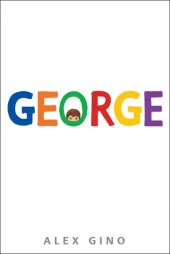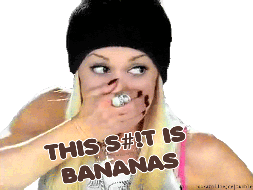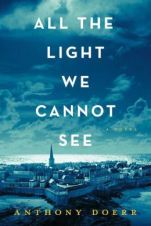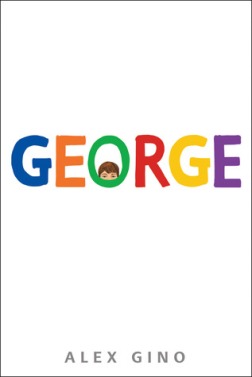

About 40 pages into this I started to feel as if I was riding into a deep, dark tunnel with no chance of escape.
See, if I’d known what this book was about…what it’s really about, I mean… I wouldn’t have read it. Not in a million years. I knew that two kids with depression fall in love, and I knew that the guy’s more messed up than the girl. But I’ve read books like this before and they didn’t turn me into an emotional wreck. Actually, I read a book like this a few weeks ago, My Heart and Other Black Holes, which is well-written and brutal in it’s own right, but nothing like this. Not to me. Because the guy in All the Bright Places, Theodore Finch, has bipolar disorder and is serious about committing suicide. And that hit me really close to home.
This book is very highly rated on Goodreads and elsewhere, but I’ve seen my fair share of reviews that I can only describe as: “Oh myy gawwd! This book is so unrealistic! People with mental illnesses aren’t all quirky and poetic, and if you like effing John Green, you can read this trash, but this is actual crap. And it’s so disrespectful to people who really have a mental illness!” Sooo… you can dislike this book for whatever reason, it’s a free country. But I’m going to be real freaking honest with all of you: 1) I don’t think the dialogue in this book was nearly as complex and unbelievable as in TFIOS (which I liked btw), and 2) if you read this entire book and come away with the impression that Finch is nothing like someone who has a “real mental illness,” then you have obviously never known someone with Bipolar I Disorder.
Yes, everyone is different, but trust me when I say that Finch is sooo much like the bipolar friend I had in college. Finch describes his manic days (what he refers to as “awake” days) as both exciting and terrifying. He barely sleeps. He talks a mile a minute. He can run for hours without getting tired. He has a thousand different thoughts going in and out his brain at one time. He knows a ridiculous amount about random stuff, because when he’s “awake” he has time to learn and do so much. He doesn’t have many friends because the kids at school know he’s weird, but can’t put a finger on exactly what’s wrong with him. My old friend is all of these things. But of course, Finch and my old friend are much more different than they are similar. Because like Finch says, he’s more than just a label. The symptoms of his illness can’t capture the person he really is—someone who loves music, and fake accents, and the great outdoors. The problem is, Finch isn’t sure what kind of person he really wants to be.
Finch thinks he wants to be with Violet, but he tells her she should run away from him if she knows what’s good for herself. (And man, have I heard this line before…) Violet basically tells him, “In case you haven’t noticed, I’m broken too.” Her sister passed away almost a year ago, and Violet’s fallen into a depression because of it. So these kids can relate to each other, but what happens when you’re the less mentally ill one in a relationship where both of you are mentally ill?
Seriously, this book is so important . Everyone should read it. Especially if you’re a parent, or you know someone with a severe mental illness, or you’re about to enter the phase in your life when many people are diagnosed with mental illnesses…that-no-so-magic 16-20 age range. Read it even if you’re like me and you know that it’ll mess you up for a bit. I’m going to compare All the Bright Places to Ta-Nehisi Coates’s Between the World and Me of all things. I said in my review of that book, I said that Coates doesn’t give us the key to ending racism, but he can help us understand why racism exists in this country and what it feels like to be a victim of this institutional racism. I believe that empathy can go a long way. So read All the Bright Places and walk a mile in the shoes of a kid with bipolar disorder. Then come back and dare to tell me that we don’t need to fix the way we talk about and treat mental illness.
Last thing: I’m glad that this is going to be a movie, because I know Finch and Violet’s story will reach more people that way. But I don’t know if I’ll have the strength to watch it. Definitely approve of casting Elle Fanning. She’ll do a great job.




 Can you say over-hyped? I didn’t hate this book at all. It is very well-written. But I found it to be underwhelming. I’ve read gazillions of books about Nazi Germany, and many which are more inventive and insightful than this. I really don’t know why it won the Pulitzer.
Can you say over-hyped? I didn’t hate this book at all. It is very well-written. But I found it to be underwhelming. I’ve read gazillions of books about Nazi Germany, and many which are more inventive and insightful than this. I really don’t know why it won the Pulitzer.







